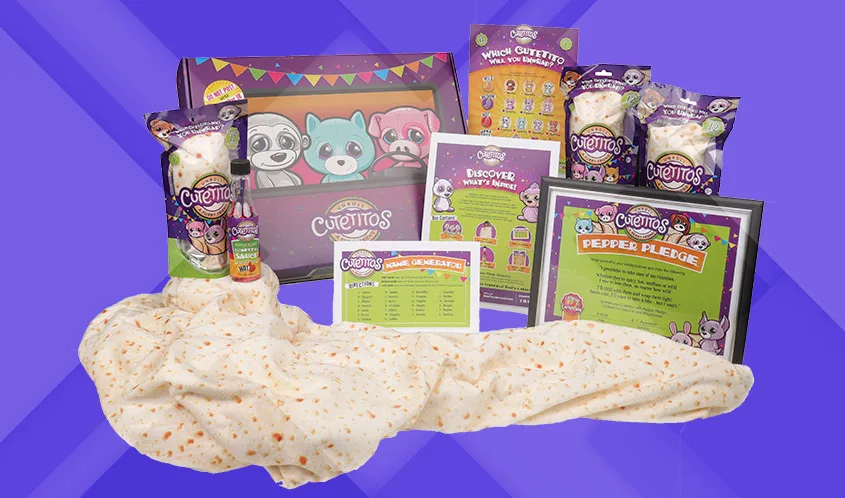by WENDY SMOLEN, founder, wendysmolen.com
Unless you’ve lived under a rock the last few years, you’re well aware of the power of social media. A menacing tweet can start international incidents. A clever Facebook or YouTube post can go viral. “Instagrammability” is an actual thing. Companies can no longer just rely on traditional print and broadcast media. Reaching customers in real time is a key strategy for building a brand, especially a brand targeted at young parents and kids: the savvy, ad-skipping consumers.
Whether you’ve already introduced social media into your brand and are amazed at how much time it takes to get it right or you finally admit that posting occasional updates isn’t gaining much traction, it pays to fine-tune your strategy.
TRADITIONAL VERSUS SOCIAL MEDIA
Social media can be used to reach all of the traditional marketing goals, including increased sales, brand recognition, customer feedback, market leadership, trendspotting, and customer service. However, most experts agree that it is rarely a 100% replacement. Traditional media can still provide the reach you want, while social media gives a brand endorsements and credibility. The key is not only knowing your audience, but also knowing what platforms they use and engaging with them in meaningful ways. “Millennial moms do their research on social media,” says Stephanie Azzarone, president of Child’s Play Communications. “For most of our clients, Instagram and YouTube are where their consumers live. However, we don’t disregard the reach or reputation of established, traditional media.”
David Becker, president of Blue Plate Media Services, agrees. “A good media plan combines multiple touch points, mixing traditional and social platforms. For example, on products geared to 2- to 5-year-olds, for which linear TV for kids is strongest, and up to 6- to 11-year-olds, we’d likely include TV in the mix; for products aimed at millennials, we’d skew to alternative screens because that’s where they live.”
Cutetitos, Basic Fun!’s line of burrito-wrapped plush pets, was inspired by social media. Despite its digital origins, nearly half of its current budget is spent on TV ads. Ashley Mady, head of brand development at Basic Fun!, recognized that people were rolling their pets in towels like burritos, posting photos on social media, and getting millions of views. ChizComm Beacon Media is the current media buying agency of record for Basic Fun!
“Cutetitos translated easily to social media since it basically was already on it,” she explains. “We reverse-engineered the product with social media built into its DNA, designing every detail for Instagram, Facebook, and YouTube.”
Basic Fun! launched the line by sending out about 50 influencer boxes. “It was entertainment in a box,” Mady says. “We gave influencers lots to talk about. Each box came with a giant burrito blanket for the YouTubers to wrap [around] themselves. Cutetitos even has its own vernacular, with every character name ending in ‘ito,’ translating perfectly into branded content. Every animal’s birthday is connected to a social media ‘holiday.’ The details matter. Nothing should be left to chance.”
When the product quickly gained traction on social media, Basic Fun! knew it had a hit.
THE “INFLUENTIAL” INFLUENCERS
Influencers can range from unboxers on a small scale all the way up to those with huge followings. “There’s a value in both,” says Tim Jones, media director for Blue Plate Media Services. “The first thing is to find the right influencer for your product. Many companies assume they can do this by themselves, churning out content and hoping for one big hit. But hiring experts who can analyze reach, engagement, partnerships, and overall value will save you a lot of time and, ultimately, money. It’s a rapidly growing and changing community. You want to stay ahead of the curve.”
ARE YOU SCRAPPY OR SAVVY?
You get what you pay for when it comes to traditional media. Social media is no different. The key, as with any campaign, is being strategic. A digital native may have the social media skills but lack the experience to run a campaign. It takes both.
“Many companies’ instinct is to hire an intern who can run a social media page,” Mady cautions. “But does that person truly understand branding and marketing? Do they have the knowledge and experience to make strategic decisions? Consider social media as a digital footprint that’s online forever. Everything you post is critically important.”
This article originally appeared in the April/May 2020 issue of the Toy Book.


